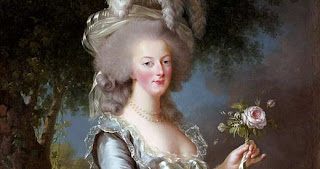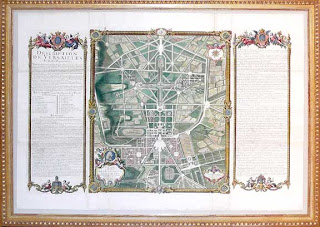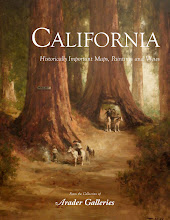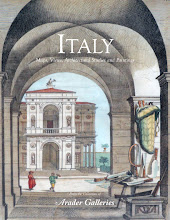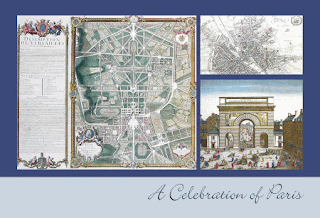
A Celebration of Paris
Arader Galleries, November 2007
Arader Galleries is pleased to present a special exhibition of antique engravings and lithographs relating to Paris, France. Paris has been a center for arts and culture for over a millennia. The city, as the seat of the French government, has also been the backdrop to countless historical events that had huge influence throughout the world. From 16th century maps, to 19th century French revolution scenes, Arader Galleries has a wide range of material highlighting Paris, and its rich history, which will be on view and available for purchase during November. Also featured in this special exhibition are highly regarded artists, such as the great botanical artist Pierre-Joseph Redoute, that lived and worked in Paris.
November 15, 2007
5 to 8 p.m.
Arader Galleries
435 Jackson St.
Jackson Square, between Montgomery and Sansome
San Francisco, CA 94111
Please call (415) 788-5115 to request a catalog of the exhibition.
We also invite you to attend the Jackson Square Holiday Walk on November 29th, 5-8 p.m.

